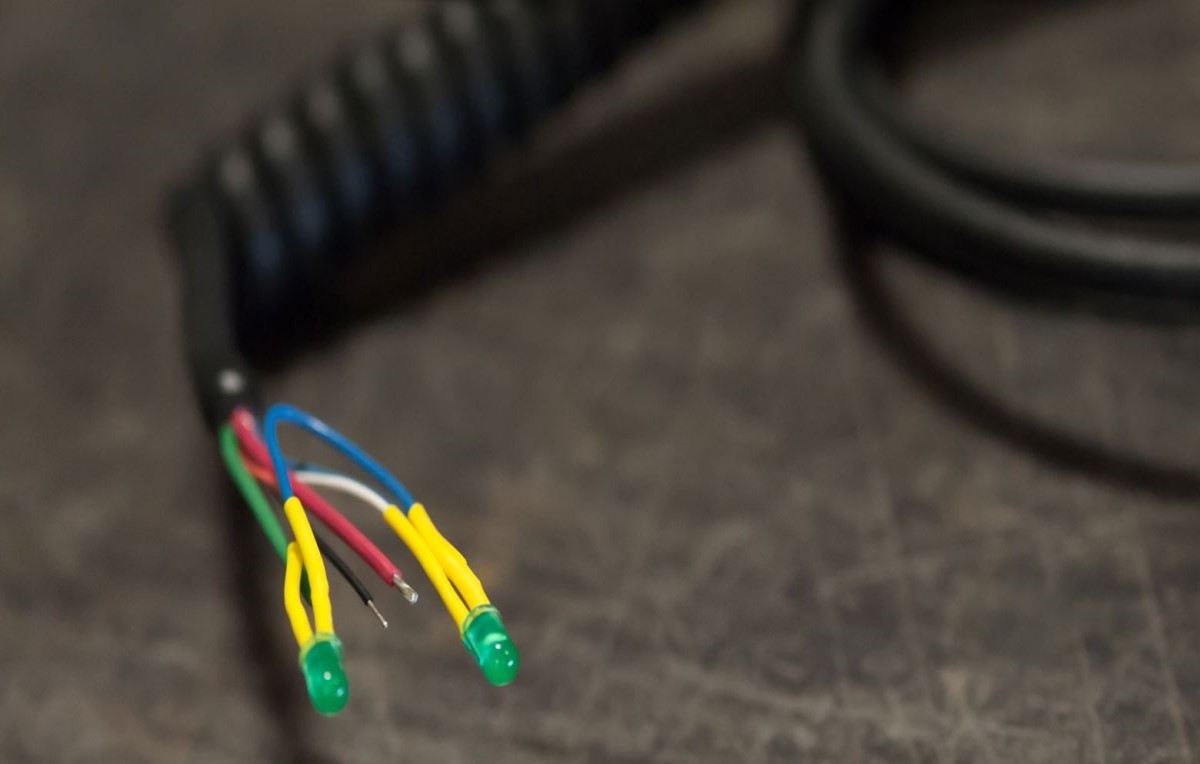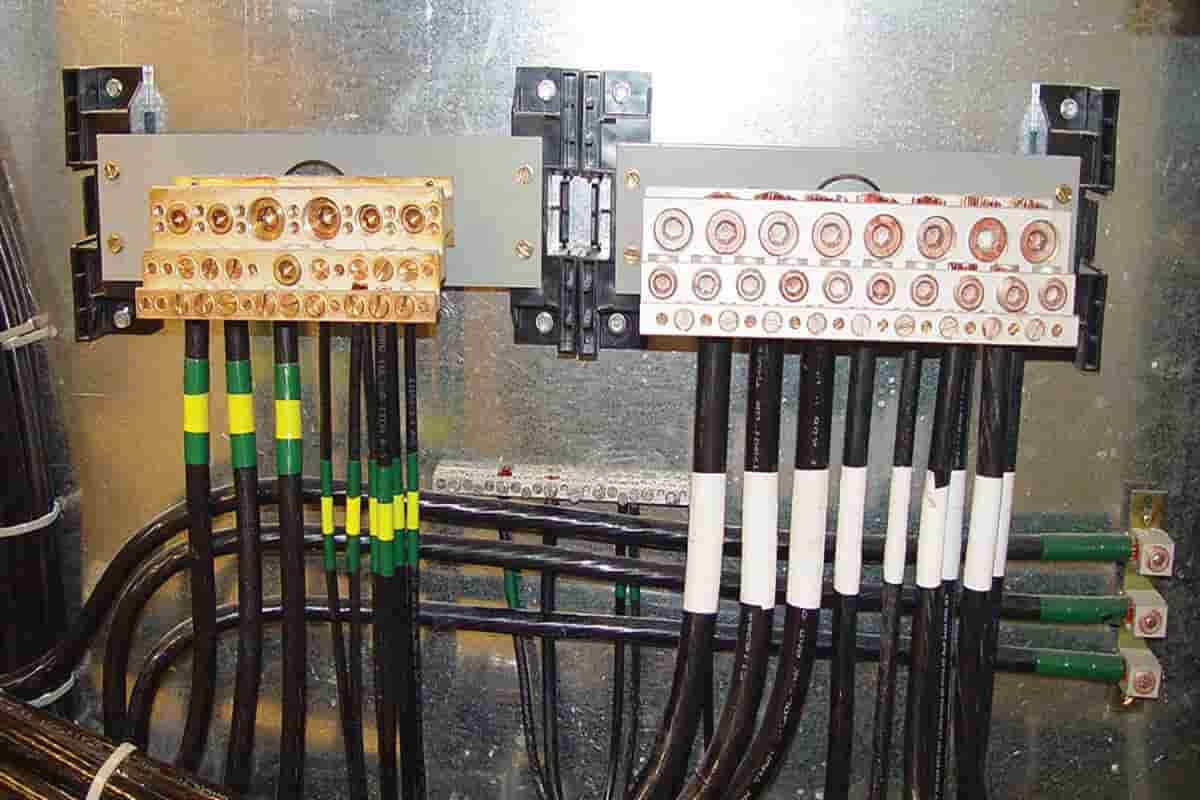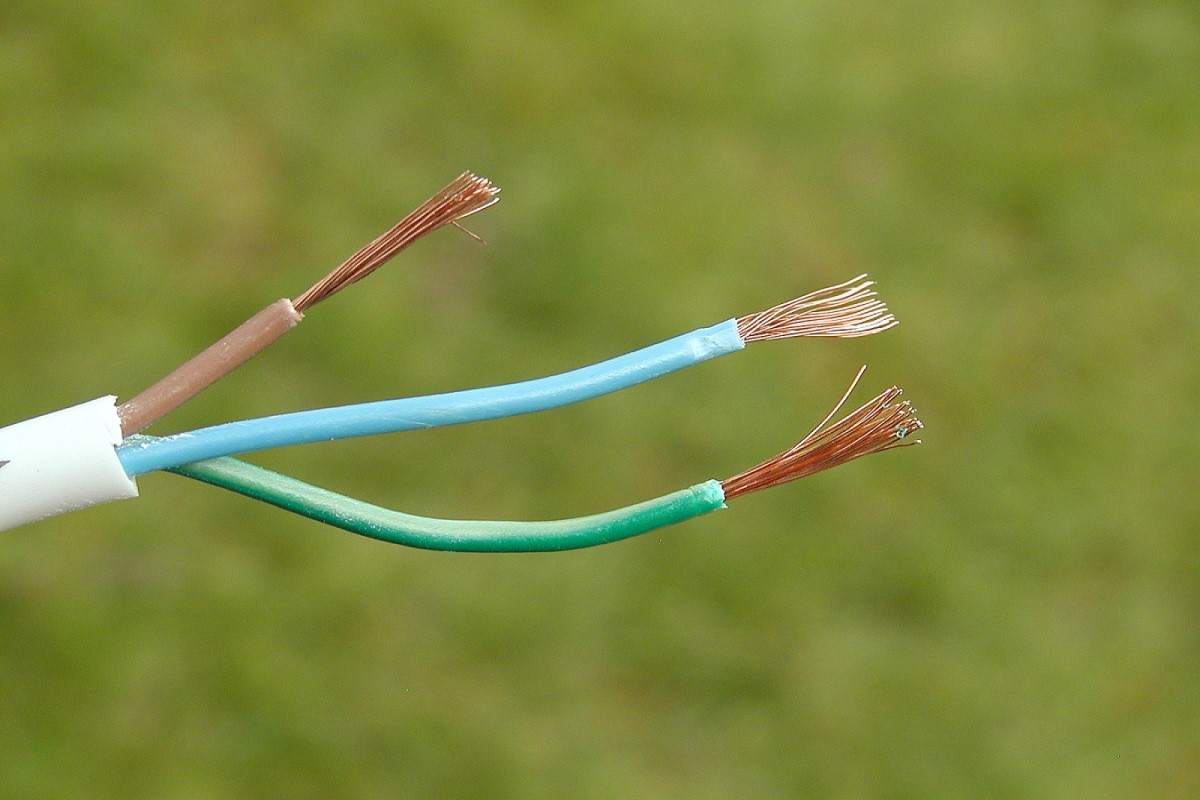Introduction of electrical wire conductor + Best buy price
In the world full of electrical devices, what keeps us connected is the wire and cable. Choosing the best kind or type of conductor which is suited for your need is time consuming, but don’t worry because we have gathered this information in the following content.
electrical wire conductor
The term "conductor" refers to a specific kind of metal that is capable of allowing an electric current to flow through it. Metals such as copper and aluminum, as well as alloys of those two elements, are typically used to construct the electrical conductor.
When a potential difference is applied across a group of atoms in an electrical conductor, the electrical charges flow from one atom to the next in the conductor. Wire is the most common form that the electrical conductors take when they are put to work.
When deciding the type of conductor to use, it is important to take into account a number of different criteria, including tensile strength, fatigue strength, corona loss, local conditions, and cost.
In most cases, the electrical conductor that is employed in the process of power transmission is stranded. When compared to a single wire with the same cross-section area, stranded conductors offer a greater degree of flexibility and greater levels of mechanical strength.
The center wire of a stranded conductor is often encircled by consecutive layers of wires in a stranded conductor, each layer containing 6, 12, 18, 24, etc. wires.
The diameter of each individual strand, in addition to the number of strands, is used to calculate the overall size of the conductor. The size of the conductor is established by the equivalent area of the copper cross section.
The area of the cross section of a solid conductor that is the same material and length as the stranded conductor is what is meant to be referred to as the equivalency cross section of the stranded conductor.
And moreover the conductor must have the same resistance when it is at the same temperature.

Electrical wire conductor type
The electrical and power transmission wire and cable are divided into different groups, considering the type of material that is used in the conductor.
Conductors made of steel-cored copper, hard-drawn aluminum, and hard-drawn aluminum with a steel core are the most frequent types used in a power plant. The following provides a detailed explanation of several of the more significant types of conductors.
Conductor made of hard-drawn copper
These particular kinds of conductors have excellent tensile strengths. A strong electrical conductivity, a long life, and a high scrap value are all characteristics of this material. It is most suited for use in distribution work, which typically involves a greater number of spans and tappings.
Conductor made of Cadmium and Copper
By adding roughly 0.7 to 1.0 percent cadmium to the copper, the tensile strength of the copper is raised by approximately 50 percent; however, the conductivity of the copper is lowered by approximately 15 to 17 percent.
Due to the fact that it has a higher tensile strength, the conductor may be installed over longer spans while maintaining the same amount of sag.
This conductor has many advantageous properties, including the capacity to be easily joined, increased resilience to atmospheric conditions, improved resistance to wear, simple machinability, and more.
The temperature at which copper anneals and becomes softer has also been raised, and the effects of temperature on stresses have been reduced. The variation in sag that is caused by shifts in load and temperature is reduced as much as possible.
Conductor Made of Steel-Cored Copper (SCC)
Copper strands are wrapped around steel in steel-cored copper conductors, which can have one or two layers of copper strands around them.
The conductor receives its tensile strength from the steel core that runs through it.
Welded Conductor Made of Copper
These are the types of conductors that are made by welding homogeneous layers of copper onto a steel wire.
When compared to the conductivity of a solid copper conductor of the same diameter, the conductivity of a copper welded circuit might vary anywhere from 30 to 60 percent. These kind of conductors might be utilized for longer spans like river crossings or highway overpasses.
Conductor made of hard-drawn aluminum or conductor made entirely of aluminum
Because of its prohibitively high price, the copper conductor has been phased out in favor of its more affordable aluminum counterpart.
The handling of the aluminum wires, as well as their transit and installation, become incredibly cost-effective. It is utilized in transmission lines that are shorter and have lower voltages and distribution lines that are found in metropolitan areas.

Best buy price of electrical wire conductor
Aluminium Conductor Steel Reinforced
When it comes to their mechanical strength, aluminum conductors in their purest form are not suitable for the building of long-distance power lines.
This shortcoming in strength can be remedied by incorporating a steel core into the conductor. [Compensation] The term "steel-cored aluminum conductor" (SCA) or "aluminum conductor steel reinforced" is used to refer to this type of conductor (ACSR).
The center core of the ACSR conductor is made up of seven steel strands, and on either side of that core are two layers consisting of 30 aluminum strands each.
It is required that the conductor stranding should be a 30 Al/7 St. Because of its high tensile strength and low weight, ACSR conductors are typically utilized for applications requiring a tiny sag.
Conductor with a Smooth Body ACSR
A conductor of this kind is also known as an ACSR that has been compacted. The traditional ACSR conductor goes through a process in which dies are used to crush the aluminum strands into a segmental shape while flattening them.
The interstrand space is filled, and the diameter of the conductor is reduced, but neither the conductor's electrical nor its mechanical qualities are altered in any way.
Several different combinations of aluminum to steel can be used to make this type of conductor. The conductor that has a ratio of 6 Al to 1 St is displayed below in the figure.
 Conductor for the Expanded ACSR
At high voltages, a fibrous or plastic material is stuffed in the spaces between the strands so as to cut down on the amount of corona loss and radio interference.
As a result of the filling material causing the conductor's diameter to increase, this type of conductor is referred to as an expanded conductor.
Paper is used in these conductors to create the barrier that divides the aluminum strands on the inside from the steel strands on the outside.
All Aluminum Alloy Conductor
The majority of the time, this kind of conductor is utilized in urban settings. This conductor offers an excellent balance of conductivity and tensile strength in its construction.
Silmalec is an example of an alloy that can be used in the production of such conductors. This alloy consists primarily of aluminum, with only a trace amount of magnesium and silicon. Because of the heat treatment, these alloys come at a relatively high price.
ACAR Conductor Aluminium Conductor Alloy Reinforced is constructed with layers of conductor aluminum surrounding a core of aluminum alloys that is at the center of the material.
A conductor like this one has a higher conductance, and its strength-to-weight ratio is comparable to that of an ACSR structure of the same diameter.
Conductor made of alumoweld
A wire made of high-strength steel is welded to a powder made of aluminum. The conductor is coated by aluminum over approximately 75% of its surface area.
The price of this is higher than that of core silicon conductor. It has been utilized as an earth wire in the process of fabricating SCA conductor cores.
Conductor for the Expanded ACSR
At high voltages, a fibrous or plastic material is stuffed in the spaces between the strands so as to cut down on the amount of corona loss and radio interference.
As a result of the filling material causing the conductor's diameter to increase, this type of conductor is referred to as an expanded conductor.
Paper is used in these conductors to create the barrier that divides the aluminum strands on the inside from the steel strands on the outside.
All Aluminum Alloy Conductor
The majority of the time, this kind of conductor is utilized in urban settings. This conductor offers an excellent balance of conductivity and tensile strength in its construction.
Silmalec is an example of an alloy that can be used in the production of such conductors. This alloy consists primarily of aluminum, with only a trace amount of magnesium and silicon. Because of the heat treatment, these alloys come at a relatively high price.
ACAR Conductor Aluminium Conductor Alloy Reinforced is constructed with layers of conductor aluminum surrounding a core of aluminum alloys that is at the center of the material.
A conductor like this one has a higher conductance, and its strength-to-weight ratio is comparable to that of an ACSR structure of the same diameter.
Conductor made of alumoweld
A wire made of high-strength steel is welded to a powder made of aluminum. The conductor is coated by aluminum over approximately 75% of its surface area.
The price of this is higher than that of core silicon conductor. It has been utilized as an earth wire in the process of fabricating SCA conductor cores.

tips about wire purchase
There are some factors that determine the price of wires such as material, size, insulation and labeling.
Conductor made of Phosphor Bronze
Phosphor bronze is a type of conductor material that is typically utilized for very long spans, such as those that cross rivers. In spite of its poor conductivity, it is a conductor that is more durable than copper.
In environments where hazardous chemicals like ammonia are present, this conductor is preferable over the aluminum bronze conductor.
Conductor Made of Galvanized Steel
The conductor is made of galvanized steel, which has a high tensile strength. They find their most common application in rural areas with very large spans and relatively light loads.
When this occurs, the steel conductors may be switched out for conductors that include a steel core in order to accommodate the additional load in the near future.
A significant resistance, inductance, and voltage drop are all exhibited by this wire. However, its lifespan is short in comparison to that of other conductors.
paying attention to these factores will help you save money and choose the best types of the products you need for your use.
Read more:
electrical wire and cable
Consolidated electrical wire and cable
electrical wire cable tray
American wire and cable
How useful is this article to you?
Average Score
5
/
Number of votes:
1


 Conductor for the Expanded ACSR
At high voltages, a fibrous or plastic material is stuffed in the spaces between the strands so as to cut down on the amount of corona loss and radio interference.
As a result of the filling material causing the conductor's diameter to increase, this type of conductor is referred to as an expanded conductor.
Paper is used in these conductors to create the barrier that divides the aluminum strands on the inside from the steel strands on the outside.
All Aluminum Alloy Conductor
The majority of the time, this kind of conductor is utilized in urban settings. This conductor offers an excellent balance of conductivity and tensile strength in its construction.
Silmalec is an example of an alloy that can be used in the production of such conductors. This alloy consists primarily of aluminum, with only a trace amount of magnesium and silicon. Because of the heat treatment, these alloys come at a relatively high price.
ACAR Conductor Aluminium Conductor Alloy Reinforced is constructed with layers of conductor aluminum surrounding a core of aluminum alloys that is at the center of the material.
A conductor like this one has a higher conductance, and its strength-to-weight ratio is comparable to that of an ACSR structure of the same diameter.
Conductor made of alumoweld
A wire made of high-strength steel is welded to a powder made of aluminum. The conductor is coated by aluminum over approximately 75% of its surface area.
The price of this is higher than that of core silicon conductor. It has been utilized as an earth wire in the process of fabricating SCA conductor cores.
Conductor for the Expanded ACSR
At high voltages, a fibrous or plastic material is stuffed in the spaces between the strands so as to cut down on the amount of corona loss and radio interference.
As a result of the filling material causing the conductor's diameter to increase, this type of conductor is referred to as an expanded conductor.
Paper is used in these conductors to create the barrier that divides the aluminum strands on the inside from the steel strands on the outside.
All Aluminum Alloy Conductor
The majority of the time, this kind of conductor is utilized in urban settings. This conductor offers an excellent balance of conductivity and tensile strength in its construction.
Silmalec is an example of an alloy that can be used in the production of such conductors. This alloy consists primarily of aluminum, with only a trace amount of magnesium and silicon. Because of the heat treatment, these alloys come at a relatively high price.
ACAR Conductor Aluminium Conductor Alloy Reinforced is constructed with layers of conductor aluminum surrounding a core of aluminum alloys that is at the center of the material.
A conductor like this one has a higher conductance, and its strength-to-weight ratio is comparable to that of an ACSR structure of the same diameter.
Conductor made of alumoweld
A wire made of high-strength steel is welded to a powder made of aluminum. The conductor is coated by aluminum over approximately 75% of its surface area.
The price of this is higher than that of core silicon conductor. It has been utilized as an earth wire in the process of fabricating SCA conductor cores.

